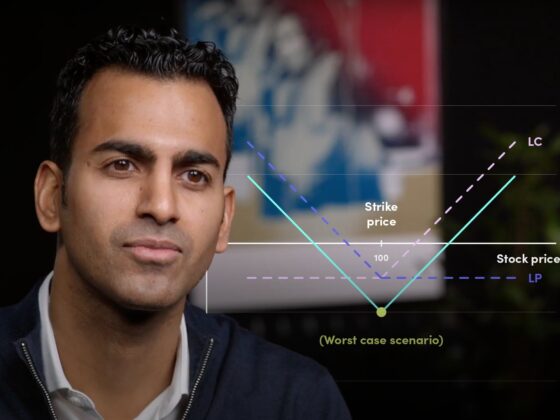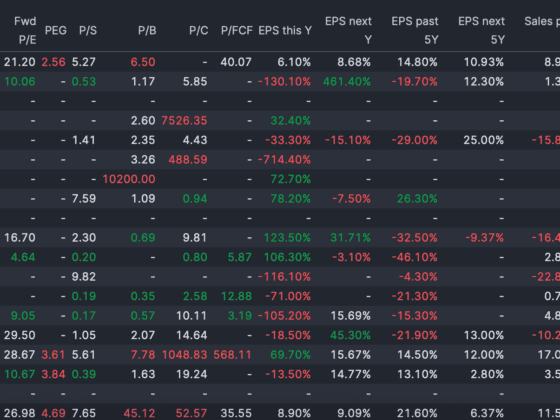Alright, young guns, gather ’round the virtual campfire! Mark here, your friendly neighbourhood trading veteran. Remember that wild ride in the dot-com bubble? Yeah, me too. I learned a thing or two (mostly the hard way) about managing risk in the trading game. Back then, it felt like the market was a raging bull, ready to trample anyone who dared enter the arena. But with time and experience, I’ve discovered valuable strategies to help you trade smarter, not harder.
Before jumping in with both feet, trading involves inherent risk. There’s no magic formula to guarantee success. But by implementing these 7 proven strategies, you can significantly reduce risk and increase your chances of becoming a profitable trader. Ready to learn how to tame the market beast? Let’s dive in!
1. Know Thyself (and the Market): Building a Strong Foundation
The first step to successful trading is self-awareness. What’s your risk tolerance? Are you comfortable with fast-paced, high-risk trades or prefer a more measured approach? Understanding your risk tolerance is crucial for developing a trading strategy that aligns with your personality and goals.
Secondly, understand the market you’re trading in. Research the asset class thoroughly, whether stocks, forex, or crypto. Learn about the factors influencing price movements: economic data, news events, and global politics. The more you know, the better equipped you’ll be to make informed trading decisions.

2. Planning Your Trade, Trading Your Plan:
Here’s a golden rule for any trader: always have a plan. This includes your entry point (when you buy), your exit point (when you sell), and your stop-loss order (the price at which you automatically sell to limit potential losses). Don’t just wing it! Having a clear plan helps you stay disciplined and avoid emotional decisions that can lead to costly mistakes.
Story Time: Back in the day, I used to chase after hot tips and rumours, making impulsive trades based on emotions. Needless to say, it wasn’t a recipe for success. Developing a trading plan and sticking to it made a world of difference. Suddenly, my trades became more calculated, and my losses became less frequent.
3. Embrace the Power of Diversification: Don’t Put All Your Eggs in One Basket
This might sound like basic advice, but it’s worth repeating: diversify your portfolio. Don’t pour all your resources into a single stock or asset class. Spread your capital across different investments to mitigate risk. Think of it like building a sturdy house – a diversified portfolio is the foundation that can withstand market fluctuations.
4. Master the Art of Risk Management: It’s Not About Avoiding Risk, It’s About Managing It
Trading without proper risk management is like driving a car blindfolded – a recipe for disaster. Here are some key risk management strategies:
- Position Sizing: Limit the amount of capital you allocate to each trade. A good rule of thumb is to risk no more than 1-2% of your total account on any single trade.
- Stop-Loss Orders: These are your safety net. Set a stop-loss order at a predetermined price point to automatically exit your position if the market moves against you. This helps you limit potential losses.
- Take Profits: Don’t get greedy! Learn to take profits when your trade goes in your favour. There’s no shame in locking in some gains and living to trade another day.
5. Learn from the Masters: Soaking Up Trading Wisdom
There are countless resources available to help you become a better trader. Read books by successful traders, follow reputable market analysts, and watch educational videos. The more you learn about trading, the better you’ll be to make informed decisions.
6. Paper Trading: Practice Makes Perfect (Without the Risk!)
Before you start trading with real money, consider paper trading. This is where you simulate real-world trading conditions using a virtual account. Paper trading allows you to test your strategies, hone your skills, and gain confidence without risking your hard-earned cash.
Think of it like training wheels for your trading journey. Once you feel comfortable and consistently profitable in a paper trading environment, you can then transition to real-world trading with a small starting capital.
7. The Mental Game: Keeping Your Emotions in Check
Trading can be an emotional rollercoaster. Fear, greed, and overconfidence can all cloud your judgment and lead to poor decisions. The key is to develop emotional discipline. Learn to stay calm and rational, even when the market is volatile.
Here are some tips to manage your emotions:
- Don’t overtrade. Take breaks when needed to clear your head.
- Stick to your plan. Don’t let emotions override your pre-determined strategy.
- Learn from your mistakes. Every trade is a learning experience. Analyze your losses and identify areas for improvement.
Remember, successful trading is a marathon, not a sprint. Be patient and disciplined, and always keep learning.
Trading can be a lucrative and exciting endeavour, but it’s important to manage your risk effectively. By following these 7 proven strategies, you can significantly reduce your risk and increase your chances of success in the market.
Looking Back:
Looking back, I wish I had known about these risk management strategies earlier in my trading career. It would have saved me a lot of heartache (and money!). But hey, the journey is just as important as the destination, right?
Your Turn!
Trading is a complex skill that takes time and dedication to master. Are you ready to take on the challenge? Here’s your call to action:
- Do you have any questions about risk management in trading? Leave a comment below, and let’s chat!
- Share your trading experiences (wins or losses) in the comments section. We can all learn from each other.
- Remember, knowledge is power. Keep educating yourself about the market and different trading strategies.
Trading can be a powerful tool to achieve your financial goals, but it’s crucial to approach it with the right mindset and strategies. So, stay focused, manage your risk, and you might just tame the market beast!







